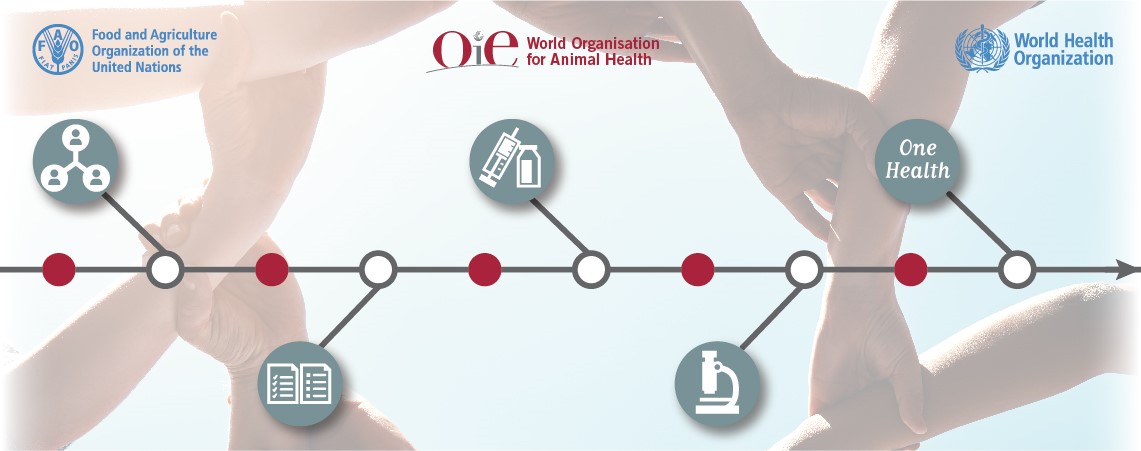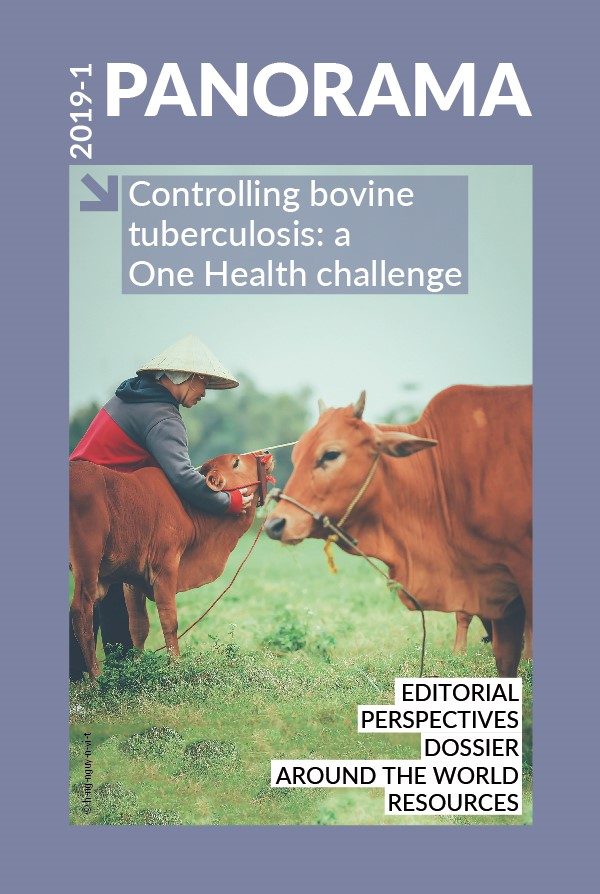Editorial Posted on 2019-04-29 13:57:50
Eradication of bovine tuberculosis: a One Health issue
Keywords
The OIE is committed to working in partnership with WHO, FAO and the International Union Against Tuberculosis and Lung Disease to make a significant contribution to improving the situation. We are working together to strengthen the capacity of our Member Countries to combat bovine tuberculosis, notably by publishing the Roadmap for Zoonotic Tuberculosis. We are also working to ensure that relevant diagnostic tools and technical standards reflect the latest technical advances, both in the Terrestrial Animal Health Code and in the Manual of Diagnostic Tests and Vaccines for Terrestrial Animals.
No, bovine tuberculosis is not a disease of the past, including in developed countries. Yes, we must continue to devote the necessary resources to control or even eradicate it.
There is an urgent need to replace the current international standard bovine tuberculin and establish a reference standard for the development of ‘second generation’ diagnostic tests. This explains why the OIE supports the international collaboration established with the aim of developing and validating a replacement international standard bovine tuberculin. The OIE also supports the research being undertaken to develop innovative approaches to diagnosis and prevention, in particular, through its involvement in the STAR IDAZ platform.
Regarding the challenges facing efforts to control bovine and zoonotic tuberculosis, I must emphasise once again that national coordination of actions and coherence of programmes are preconditions for success. Surveillance, including in wildlife, and the follow-up of notification reports to the OIE are also of major importance in combating the disease, as is synergy with the network of OIE Reference Laboratories that provide crucial support.
This issue of Panorama will, I hope, give you a better understanding of the actions being undertaken by the OIE and the way in which they complement one another. The various testimonies presented here reveal the importance of sharing experiences and the need for cooperation between countries. This issue also highlights the efforts being made throughout the world, especially in low- and middle-income countries, to combat bovine tuberculosis and reduce its impact.
Lastly, this issue of Panorama devoted to tuberculosis is, in my view, yet another illustration of the commitment by the FAO/OIE/WHO Tripartite, the Directors General of these three organisations having already formalised their collaboration by signing an agreement on 30 May 2018 [1, 2].
I hope you will find this issue instructive and enjoyable.
Monique Éloit
Director General
World Organisation for Animal Health (OIE)
http://dx.doi.org/10.20506/bull.2019.1.2909










